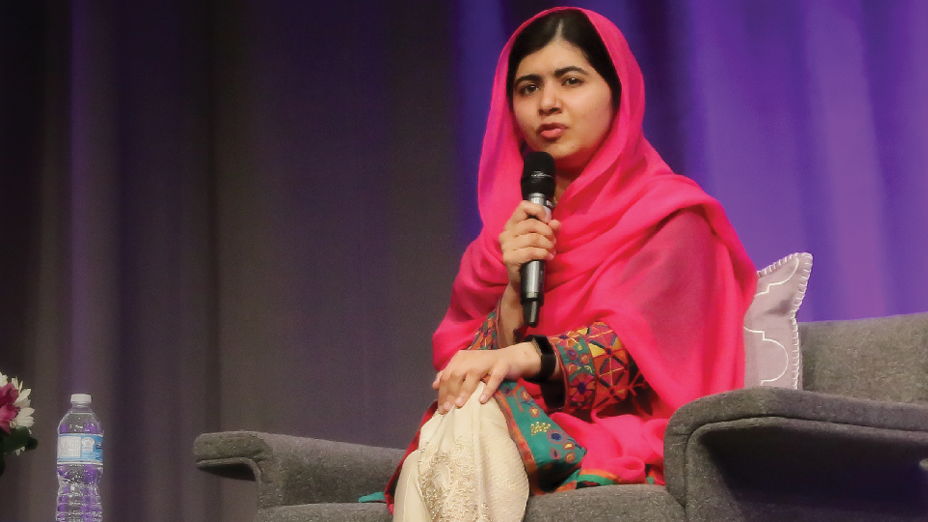In recent years Stanford University's BioDesign program has sent teams of engineering, business, and medical students into hospitals, hoping to identify medical problems that new devices could help solve. The students observe medical procedures, come up with ideas, and develop prototypes for the best ideas.
While the initial focus was on developed markets, Stanford BioDesign is now partnering with medical schools in India and Singapore, hoping that the same approach will result in affordable and easy-to-use medical devices for emerging markets. Students complement their on-the-ground experience with courses such as "Entrepreneurial Design for Extreme Affordability." Some examples of reverse innovations with serious potential include:
-
Public Health: OneBreath is a rugged, low-cost, grime-resistant and stackable ventilator for large influenza and pandemic outbreaks. It costs less than $800 a unit; replacement breathing tubes cost less than 50 cents. Ventilators currently cost upwards of $40,000 with replacement tubes costing $180. The team lowered manufacturing and maintenance costs by measuring and controlling airflow with software rather than hardware.
-
Pulmonology: A team in Mexico developed a foldable paper tube spacer for young asthma patients. Standard inhalers cannot be used on young children because they cannot coordinate their breathing with the puff of aerosolized medicine. The spacer device currently in use, which captures medicine until a child can inhale, can cost over $40. The paper tube space costs pennies.
-
Drug Delivery: A team in India developed a device to administer intravenous drugs directly into the bone marrow in case of emergencies like heart attacks or trauma injuries accompanied by dehydration. The self- powered $20 infusion device will help physicians treat patients when they are unable to administer intravenous medicines directly to the vein, saving precious seconds in emergencies.
-
Orthopedics: JaipurKnee is a low-cost, high-performance prosthetic knee joint for amputees in India. It costs $20, as opposed to high-end titanium knee joints in the U.S. that cost up to $100,000. The team designed a versatile knee joint made from an oil-filled nylon polymer, which has superior performance and flexibility over older models that tended to buckle under weight. More than 2,000 knees have been fitted.
-
Gastroenterology: A team in India developed a closed system for fecal incontinence, similar to a urinary catheter; it collects a patient's stool via specialized bags and can be used by untrained personnel. The device addresses patient hygiene and dignity, which are often overlooked by overworked nursing staff. While priced at only $4, the device has multibillion-dollar market potential.
This approach, which dozens of universities are starting to emulate, is a rich source of low-cost reverse innovation that companies can tap into for recruiting, partnering, or acquisitions. Indeed, GE Healthcare announced a partnership in December 2010 with Embrace, a BioDesign spin-out, to co-distribute a low-cost infant warmer for preventing hypothermia. Most of the large medical device firms — including Medtronic, Johnson & Johnson, and Abbott — now sponsor the Stanford program, as do more than a dozen venture capital firms that have an increasing interest in sourcing innovation from emerging markets.
Design thinking undergirds reverse innovation: the basic idea is to listen to, and iterate with, extreme users. By fostering entrepreneurial ecosystems in emerging markets, university programs such as BioDesign can help multinationals develop local talent for joint ventures or subsidiaries, thereby accelerating innovation.





.png)




What Did You Think?